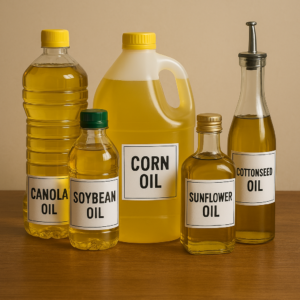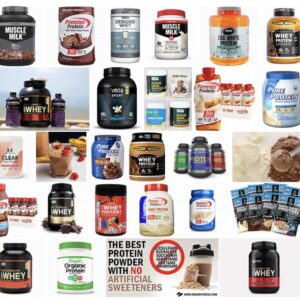Over thousands of generations, our ancestors lived hard lives. They endured temperature extremes, famine, injury, and death from situations that are handled routinely in our modern lives. They experienced, dealt with, and improved through stress.
Just as the immune system builds strength through exposure to illness, physical stress, often viewed negatively, plays a fundamental role in human adaptation and growth. From cellular repair to enhanced cognitive performance, the strategic application of physical stress, through exercise, environmental exposure, and even discomfort, can yield transformative benefits.
Modern society often seeks comfort and convenience, yet human survival is rooted in adversity. Evolution favored individuals who could adapt to physical challenges—hunger, cold, heat, and exertion. Today, introducing controlled physical stress into our lives can lead to profound improvements in health, longevity, and performance.
Types of Physical Stress
- Mechanical stress (resistance training, load-bearing activity)
- Cardiovascular stress (aerobic or anaerobic exercise)
- Thermal stress (cold or heat exposure)
- Metabolic stress (fasting, high-intensity interval training)
- Neuromuscular stress (balance, coordination, skill-based challenges)
Unlike chronic psychological stress, which can be harmful, physical stress is typically acute and followed by a recovery period, allowing for adaptation.
Biological Value of Physical Stress
Hormesis is the biological principle that exposure to low-dose stressors stimulates repair and strengthens resistance. For example:
- Exercise-induced inflammation triggers muscle repair and mitochondrial biogenesis.
- Cold exposure enhances brown fat activity and insulin sensitivity. (BioMed Central)
- Heat stress (e.g., sauna use) increases heat shock proteins, improving cellular resilience. (PMC)
Strengthening Musculoskeletal Integrity
Resistance training applies mechanical stress to bones and muscles, stimulating hypertrophy and bone density increases. This is crucial for:
- Preventing sarcopenia (age-related muscle loss) (The Guardian)
- Reducing fall risk in older adults
- Enhancing metabolic rate and functional capacity
Improving Cardiovascular and Metabolic Health
Aerobic and interval training improve:
- Heart and lung efficiency
- Glucose regulation and insulin sensitivity
- Lipid profiles
- VO₂ max and endurance
These adaptations directly reduce the risk for chronic diseases such as diabetes, hypertension, and cardiovascular disease.
Psychological and Cognitive Benefits
Physical stress is not only a tool for the body—it sharpens the mind.
- Exercise-induced neuroplasticity enhances learning and memory via increased BDNF (brain-derived neurotrophic factor). (PubMed)
- Endorphin and dopamine release boosts mood and motivation.
- Overcoming physical discomfort builds mental toughness, discipline, and self-efficacy.
Studies show that regular physical challenge improves mental function and reduces the risk of depression, anxiety, and cognitive decline.
The value of physical stress evolves with age:
- In youth: Essential for motor development, strength, and healthy growth.
- In adulthood: Maintains metabolic and physical performance and counters sedentary lifestyles.
- In older adults: Critical for preserving muscle and bone density.
Applications and Practical Strategies
To leverage the value of physical stress:
- Progressive overload in training: Gradually increasing weight, duration, or intensity.
- Incorporate novelty: New movements or environments challenge the nervous system.
- Use environmental stressors: Contrast showers, sauna, or cold plunges for added stimulus.
- Allow recovery: Stress must be followed by rest to avoid overtraining and injury.
- Combine physical with cognitive tasks: Dual-task training improves brain-body integration.
While physical stress is valuable, it must be carefully managed:
- Excessive or poorly timed stress leads to injury or burnout.
- Individual tolerance varies by age, fitness level, and medical status.
- Supervision is critical for older populations or those with chronic illnesses.
Consult with a healthcare professional before undertaking a workout routine. A thoughtful, personalized approach maximizes benefits and minimizes risk. This highlights the value of professional coaching or training for those with the interest and the means.
Conclusion
Physical stress is not a threat but a stimulus for adaptation. By embracing discomfort and challenge through controlled, intentional exposure, we unlock improved strength, resilience, and energy. In a world engineered for ease, physical stress is a powerful, natural tool to reclaim vitality and longevity.





